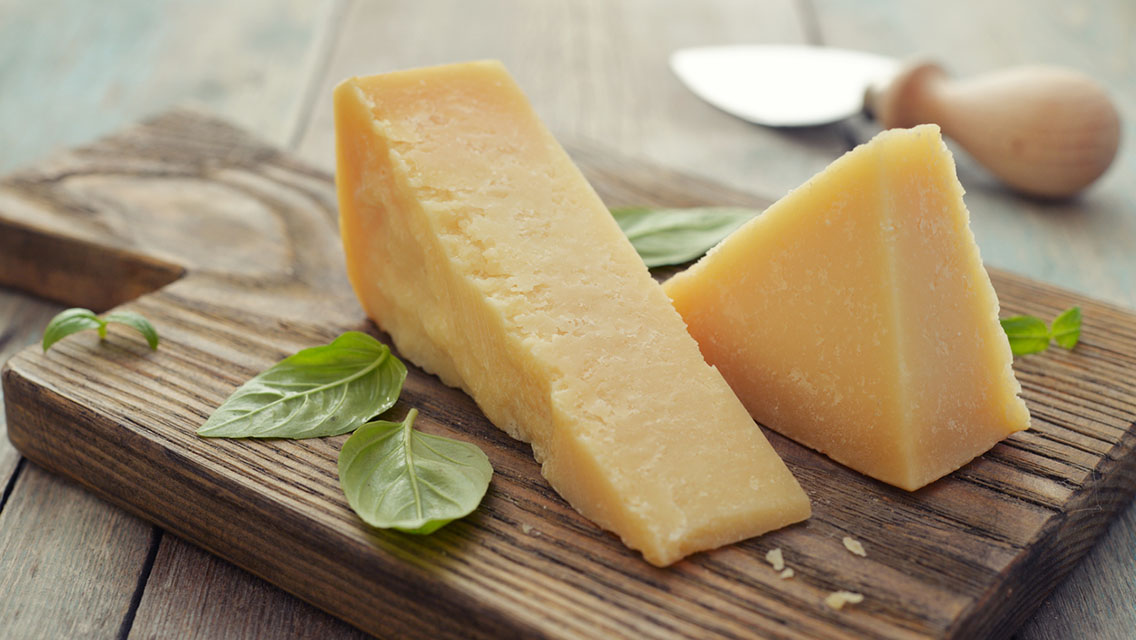- Organic butter offers more healing omega-3 fatty acids than other butters. And it’s less likely to have high levels of toxins, which can accumulate in an animal’s fatty tissues.
- Grassfed butter delivers more beta-carotene and conjugated linoleic acid (CLA). Beta-carotene is a potent antioxidant, and CLA can help improve body composition and reduce cardiovascular-disease risk. Some studies also show CLA may help protect against cancer.
- Cultured butter is slightly fermented or aged. “Fermenting butter increases the amount of butyrate,” says nutritionist Liz Lipski, PhD, which is a win for gut health. It also has a slightly tangy flavor that many people enjoy.
- Unsalted butter is largely a matter of taste preference compared with salted butter. Like butter, salt carries its own stigma when it comes to heart health — one that has been debunked in recent years. (For more on concerns about sodium, see “Is Salt Bad for You — Or Not?”.)
- Ghee is a clarified butter in which the milk has been heated and the solids skimmed off. It can be used in all the same ways as butter, and because the solids have been removed, it is often more digestible for people who don’t tolerate casein or lactose. It contains the same nutrients as butter, including butyrate. Ghee is stable at room temperature, making it a good option for meals on the go or while camping. (For a tasty recipe for infused ghee, visit “Infused Ghee”.)
This article originally appeared as “Butter Up” in “Everything’s Better With Butter” in the January/February 2021 issue of Experience Life.




This Post Has 0 Comments